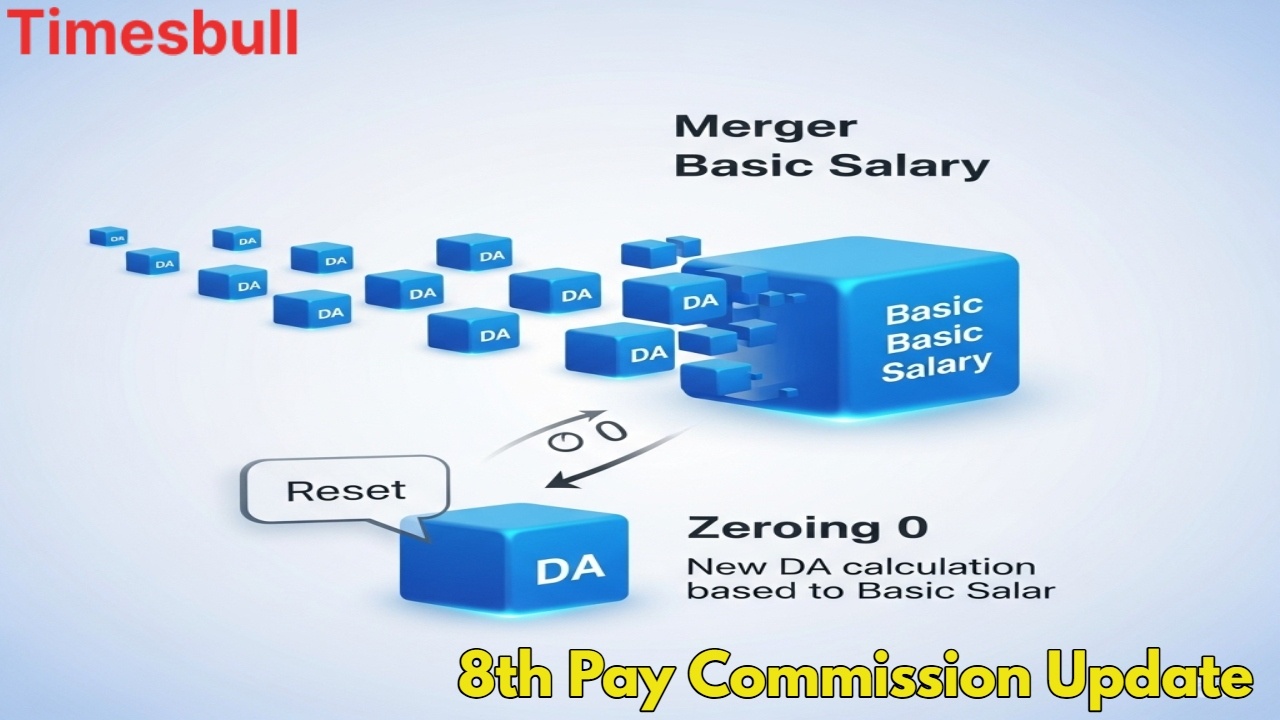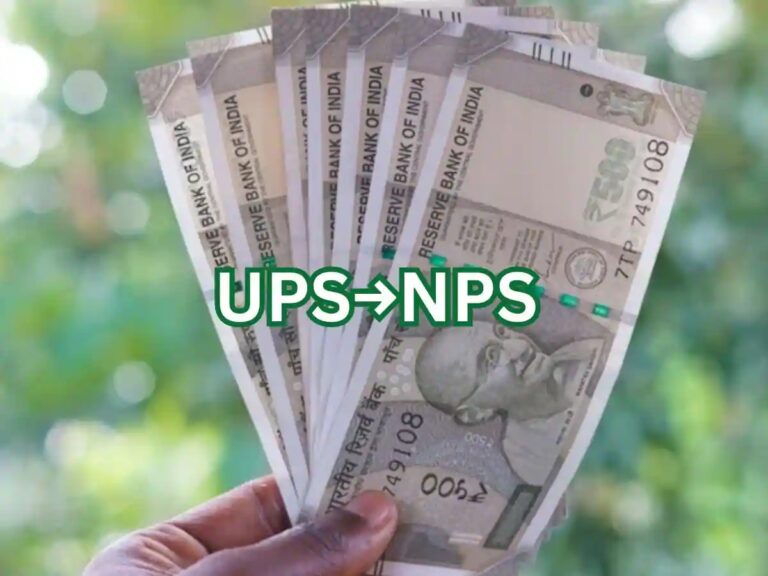
Transformative Changes in Dearness Allowance Calculation for Central Employees
The impending implementation of the 8th Pay Commission has sparked intense anticipation among central government employees, with particular focus on potential salary increases and structural reforms to the Dearness Allowance (DA) system. While the prospect of a significant pay raise is promising, the government’s proposed overhaul of DA calculation methods has introduced both excitement and uncertainty. At the core of this reform is a strategic shift in how inflation is measured, which could fundamentally alter the financial landscape for millions of employees. By resetting the DA calculation framework, the government aims to create a more accurate reflection of current economic conditions, ensuring that salary adjustments align with modern cost-of-living trends. This move represents a pivotal moment in the evolution of public sector compensation, with far-reaching implications for both employees and the broader economy.
Understanding the DA Calculation Reset Mechanism
Dearness Allowance has historically been calculated based on the Consumer Price Index for Industrial Workers (AICPI-IW), with the base year serving as a critical reference point for inflation adjustments. Until now, the 2016 base year has been used, a decision made during the implementation of the 7th Pay Commission. However, the proposed reform would transition to a 2026 base year, effectively ‘resetting’ the DA calculation to zero. This reset is not a removal of benefits but a recalibration to ensure that future allowance calculations reflect current economic realities. By aligning the base year with the new pay structure, the government aims to create a more equitable system that accounts for evolving consumer spending patterns and inflationary pressures.
Why the Base Year Update Matters for Employees
The decision to update the base year stems from significant changes in economic conditions over the past decade. Modern inflationary trends differ substantially from those in 2016, with shifts in consumer priorities, technological advancements, and global economic dynamics reshaping cost-of-living metrics. By adopting a 2026 base year, the government seeks to create a more accurate inflation benchmark, ensuring that employees receive proportional benefits that reflect contemporary economic challenges. This adjustment is crucial for maintaining purchasing power and ensuring that salary increases remain meaningful in the context of today’s economic landscape. The reform underscores a commitment to aligning public sector compensation with real-world financial realities.
Implementation Process and Salary Implications
The transition to the new DA system will occur in two distinct phases. First, the existing DA percentage (currently around 60-61%) will be merged into the basic salary, creating a ‘New Basic Salary’ that is significantly higher than before. This consolidation will be followed by a reset, effectively setting the DA calculation back to zero. This strategic approach ensures that future DA increments are calculated based on the enhanced basic salary, resulting in higher overall compensation over time. For example, a 2% DA increase on the new salary will yield a greater absolute amount compared to the previous base, creating a compounding effect that benefits employees in the long term. This technical adjustment is designed to maximize financial gains while maintaining fiscal responsibility.
Timeline and Anticipated Impact
The implementation of the 8th Pay Commission is expected to follow a structured timeline. The government is anticipated to form the commission panel soon, with the final recommendations likely to be released within 15-18 months. Once implemented from January 1, 2026, employees will benefit from both the new salary structure and any accrued arrears, which could represent a substantial lump sum payment. This reform not only addresses immediate financial concerns but also sets a precedent for future adjustments, ensuring that public sector compensation remains responsive to economic changes. The phased approach allows for a smooth transition, minimizing disruption while maximizing the long-term benefits for employees.



